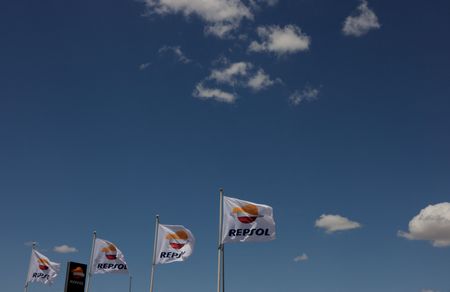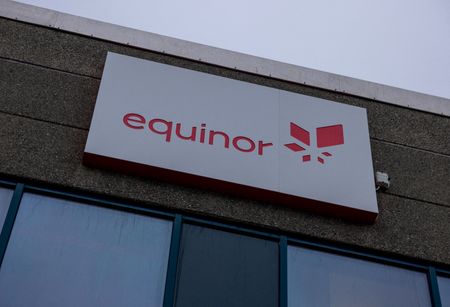By Jesús Aguado
MADRID (Reuters) -Santander said on Wednesday it was monitoring market uncertainty very closely, though it stuck to higher profit goals in 2025 after first quarter net profit topped forecasts as robustness in Spain and the U.S. offset weaknesses in Brazil and Mexico.
The bank has benefited in the past from higher interest rates, while growth in key Latin American markets such as Brazil has given it an edge over more Europe-dependent rivals.
On Wednesday, Executive Chairman Ana Patricia Botin said the bank’s geographical spread – it operates in ten core markets – would act as a stabiliser in an uncertain global environment.
“All of our markets remain resilient and we are monitoring the situation closely,” she said.
Quarterly net profit in Mexico, its fourth-biggest market, fell 4.2% against a backdrop of geopolitical risks stemming from U.S. trade tariffs, especially in that market, partly due to the depreciation of the Mexican peso, while net profit in Brazil, its second-biggest market after Spain, fell 9.3%.
Its diversified business strategy however and lower impact from the renewed banking tax in Spain allowed the bank to post a 19% year-on-year rise in the January to March period to a record 3.4 billion euros, the fourth in a row, above the 3.16 billion euros expected by analysts in a Reuters poll.
Santander shares were down 2.7% as of 0757 GMT, with the bank having risen around 44% so far this year.
Broker Jefferies identified strong prints in the “south of Europe, alongside Poland and the US, while key geographies in Latam and the UK were soft,” the broker said.
Higher overall profits helped lift Santander’s return-on-tangible-equity ratio (ROTE), after the impact of additional Tier 1 (AT1) capital instruments, a measure of profitability, to 15.8% in the quarter, compared to 15.5% at end of 2024, and on track to meet its target of around 16.5% this year.
It also said that it was on track to meet its full-year revenue target of around 62 billion euros, while its core tier-1 capital ratio rose 10 basis points from the previous quarter to 12.9% by end-March, against a full-year target of 13%.
In Spain net profit rose 49% on the back of its strong retail unit, as it booked a charge of 87 million euros against the levy, a fourth of the estimated annual 350 million euros.
HIGHER EFFICIENCY GAINS
Overall, the bank’s net interest income, a measure of earnings on loans minus deposit costs, fell 5% year-on-year in the quarter to 11.38 billion euros, slightly below the 11.42 billion euros expected by analysts, hit by hyperinflation accounting in Argentina.
The efficiency ratio improved to 41.8% in the quarter from 42.3% at end of the fourth quarter driven by the bank’s transformation towards a more digital and integrated model.
Profit at its retail business, the main contributor to earnings of its recently rolled out five global units, rose 24%, while its wealth management unit rose 25%. Its corporate and investment banking unit rose 13%.
Net profit in the UK, where it is reviewing its presence, fell 6.7% due to higher provisions, while in the U.S. net profit rose 49% on the back of a strong consumer unit.
($1 = 0.9348 euros)
(Reporting by Jesús Aguado; additional reporting by Emma PinedoEditing by Inti Landauro, Jan Harvey, Peter Graff)









